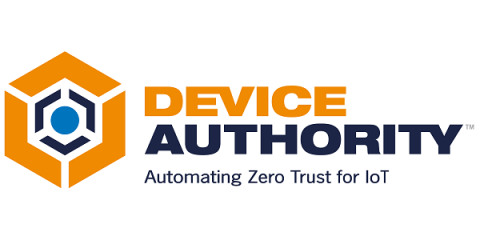RBI vs VDI: What's the Difference?
The main difference between Remote Browser Isolation (RBI) and Virtual Desktop Infrastructure (VDI) is that RBI is limited to providing remote access only to your web browser, while VDI focuses on providing remote access to an entire virtual desktop. Both RBI and VDI protect you from cyber threats by creating separate, secure environments where you can browse the internet and use your device.











